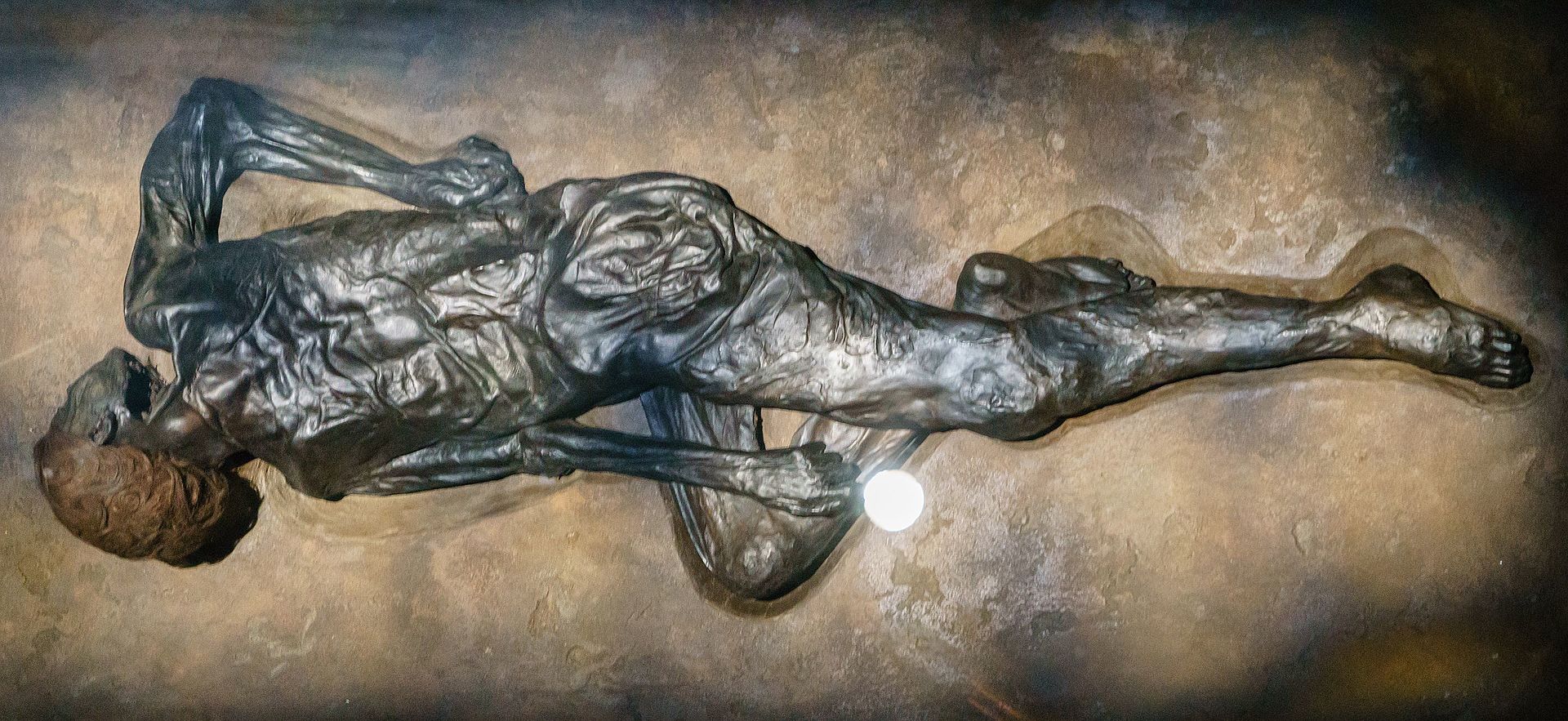Mummies have been found on every continent on Earth (if you include the penguin mummies of Antarctica). You’ll no doubt be aware of the intentionally prepared mummies made by ancient civilizations to honor their dead, but it’s also possible for mummification to occur under extreme natural circumstances.
The key is to disrupt the natural stages of decomposition by making it difficult for the microorganisms and enzymes that break down a body after death. This could be achieved through intense cold, extreme dryness, acidic conditions, or simply the absence of oxygen.
How are desert mummies made?
In arid conditions, for instance, it is possible for a human body to spontaneously mummify thanks to the absence of water. Faced with an extremely dry and hot environment, the body can lose water quickly enough before the microorganisms and enzymes can degrade most of the body tissues, preserving it in relatively good condition.
“Most enzymes operate within an aqueous environment. Therefore, natural removal of water slows down the decomposition process, eventually resulting in its cessation. In spontaneous mummification, the process of natural body water loss occurs more rapidly than does the advance of enzymatic activity,” reads a chapter on natural mummification from the book Taphonomy of Human Remains: Forensic Analysis of the Dead and the Depositional Environment.
However, the body won’t always dry out uniformly. Parts of the body like the hands and genitals will dehydrate relatively quickly, but the internal organs like the heart will take some time.
Examples of this type of mummification include the Chinchorro mummies in the Atacama Desert. Some of the bodies here are believed to have been intentionally mummified around 7,000 years old – which is significantly older than Egypt’s mummies – but older specimens in the region appear to have been mummified naturally by the barren conditions of the desert. These naturally preserved bodies may be as old as 9,000 years.
How are bog bodies made?
Another effective way to naturally preserve a human body is by placing it in a peat bog. A huge number of these so-called bog bodies have been found in northern Europe, particularly Denmark, Germany, the Netherlands, Sweden, Poland, Ireland, and the UK.
If submerged in a peat bog, the body will be subjected to highly acidic and cool waters that are devoid of oxygen. On top of this, some unique chemical reactions help the process along.
“One key factor is the vegetation that is specific to the peat bogs. The sites are characterised by the presence of Sphagnum moss, which grows on the surface; the lower layers of the bog consist of decomposed Sphagnum. When the plant dies, it releases a polysaccharide called ‘sphagnan’, which possesses chelating properties, allowing the removal of metal ions from a solution,” the aforementioned book chapter explains.

The full body of the Grauballe Man on display at Moesgaard Museum.
“As a result of this process, some metal ions such as iron, copper or zinc, are no longer available to bacteria, depriving them of an important source of nourishment,” it adds.
These harsh conditions prevent microorganisms from kick-starting decomposition, although the bones will eventually erode due to the acidic conditions. The result is a leathery, brownish body that has retained its skin, hair, and nails.
The most famous example of this is the Tollund Man, who was unearthed in the 1950s by peat diggers on the Jutland peninsula of Denmark. When the body was first spotted, people thought it belonged to a local boy who had recently gone missing, but the remains were much older than this with an age of 2,400 years old. The body remains in such good condition that scientists even know what he ate for his last dinner.
How are ice mummies made?
Cold and icy conditions are also ideal scenarios for natural mummification. Not to be grotesque, but it’s no different to putting a chunk of meat in the freezer. Most enzymes associated with decomposition will be made inactive at sub-zero temperatures, leaving them unable to decompose the body tissues.
Ötzi The Iceman is the archetypal example of this form of mummification. His body was discovered in 1991 high up in the Alps along the Austrian-Italian border.
Rising global temperatures are causing more glaciers, ice caps, and permafrost to thaw away, meaning that discoveries like Ötzi could become more common in the future. Who knows, perhaps someday we might even uncover a mummified Neanderthal amid the melted ice.
All “explainer” articles are confirmed by fact checkers to be correct at time of publishing. Text, images, and links may be edited, removed, or added to at a later date to keep information current.
Source Link: Bog Bodies And Desert Deaths: How Natural Mummification Really Works